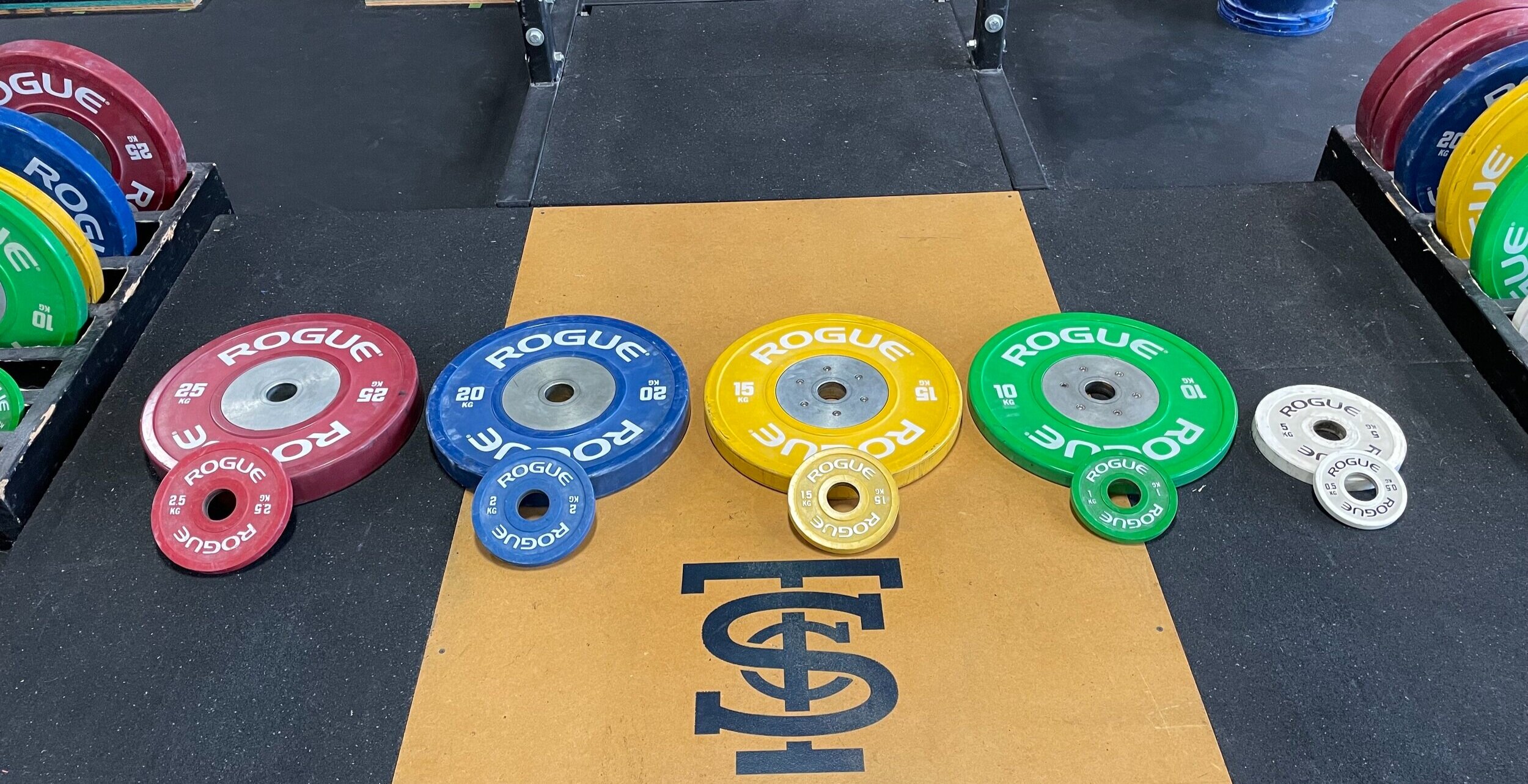Where can you get knee sleeves?
You can find some at your local sporting goods store, but your best bet is this thing they’ve developed called the internet, which they have on computers now. The usual suspects - Amazon, Rogue, etc. - will have a host of options, which brings us to . . .
What should you get?
5 mm and 7 mm are both common thicknesses, and having used both, I’d recommend the 7 mm option. There are a ton of companies that make them - some of the more popular ones are brands like Rehband, SBD, STrong (Mark Bell), Stoic, and Rogue.
There’s a big price range from about $35-$45 for a pair of sleeves to $35-$45 for a single sleeve (which reflects the prices of the brands listed above). The biggest difference seems to be simple longevity - the cheap ones tend to wear out and tear within a couple of years, whereas the pricier ones typically last quite a bit longer - to the point that I’d probably say you’ll spend less money in the long run by going with the more expensive pairs. Of course, your mileage may vary.
When do you use knee sleeves?
The short answer is - squats and Olympic lifting. You’ll appreciate them for squatting, and you’ll appreciate them for the Olympic lifts because of the squatting involved in both snatching and cleaning (there is probably some benefit for the impact of landing as well).
What about using them on the press and bench press? Go ahead if you’d like - they won’t help, but they won’t hurt either.
The deadlift gets a little more discussion. In the deadlift, the knee doesn’t go through a large range of motion (as opposed to the knee’s longer ROM in the squat), so if your knees ache while squatting, but they feel fine while deadlifting, I’d recommend not wearing sleeves. The thickness of the sleeve - while not huge - is still one more thing you have to deal with when trying to keep the bar close on the pull, so if you don’t need them, don’t use them. But if your knees also ache on the deadlift, and you find that the sleeves help, then go right ahead.
As always, we hope this helps you get stronger and live better!




